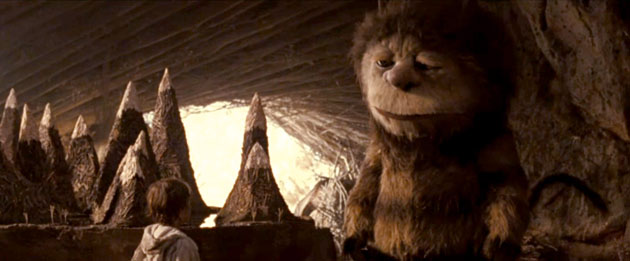K.K. Barrett

AS: And that relates to the characters?
KK: Always. It’s their journey. Not yours. And the viewers’ journey through them. So I always try to think of it from the viewers’ point of view. What wakes me up again? Just when you think you know the film. You constantly re-attune the audience to paying attention. And steer them in the right direction. Or just put them in a room and open the door and let them look.
I do all kinds of research but it’s not specific to what the film may be about. It could be as banal as the place around the corner of your house. You get in the mindset of the film and then you go out and look at the world again. And you see how it bounces off. You keep applying it. It’s a long kind of “research by procrastination”. The film is constantly with you and you’re trying to figure out what it is. Everything you look at may have a clue.
I take a lot of pictures all the time. Maybe a couple hundred a day. And I’ll print out my favorite pictures. They may not be about the film. I’ll do it like I’m playing cards. I’ll take 20 of my favorite images out from whatever day or week it was. And I’ll start saying Oh, I like that, I like that, I like that, I like that. If you find things you like they may find a way into affecting your design. And then you end up with maybe twenty images that do apply to the film in abstract ways. Then there will be one that really sticks out, I really like that but it has no place in the film. You take it out and but then you go, This is too homogenous now. It needed that wildcard. That belonged in there. It was the wrong color that I never used anywhere else. It needed that spike of color.
So it’s looking at the design problem-solving dilemma in a very abstract way. You take that and go, What if that picture was that character and that picture was this character? And it’s not a room for a room. It could be a car for a room. A smiling face for a room or an abstract bridge for a room. Anything like that. It’s part of the “procrastination process”. Constantly exploring.
AS: Laying out a picture for each character reminds me of the playwright who sets up a little plastic animal for each of his characters as he was writing his play.
KK: Just make sure that you’re looking at it from another side. Rather than just landing on: Oh, well then it’s got to be this. It’s a bathroom, I know what a bathroom looks like. It’s a bar. I know what a bar looks like. Like if you told somebody to make a sports bar. It seems like an obvious thing, full of touchstone clichés. What can we not do? Can we take the TVs out? How can we turn it on its head and still say what we want to say? Or you take a sports bar and you populate it only with women.
AS: Rather than just printing out clichéd stills of what you know and expect from a place.
KK: The pictures can be totally unrelated. Sometimes it’s for composition. Sometimes it’s for color. Sometimes it’s for intrigue. There is a story in the picture, Why is there a story? What made it a story? When somebody says, What happened just before this picture? What’s gonna happen with the elements that are in it? Then you’ve really got something. So if you can get that in the design then the story can be added to, and the set can be a character. Because it can have a past and a future. Potential tension. Tension’s very important. To keep everybody alert. Even on films that aren’t thrillers. It heightens the senses.
Pingback: Grant Major